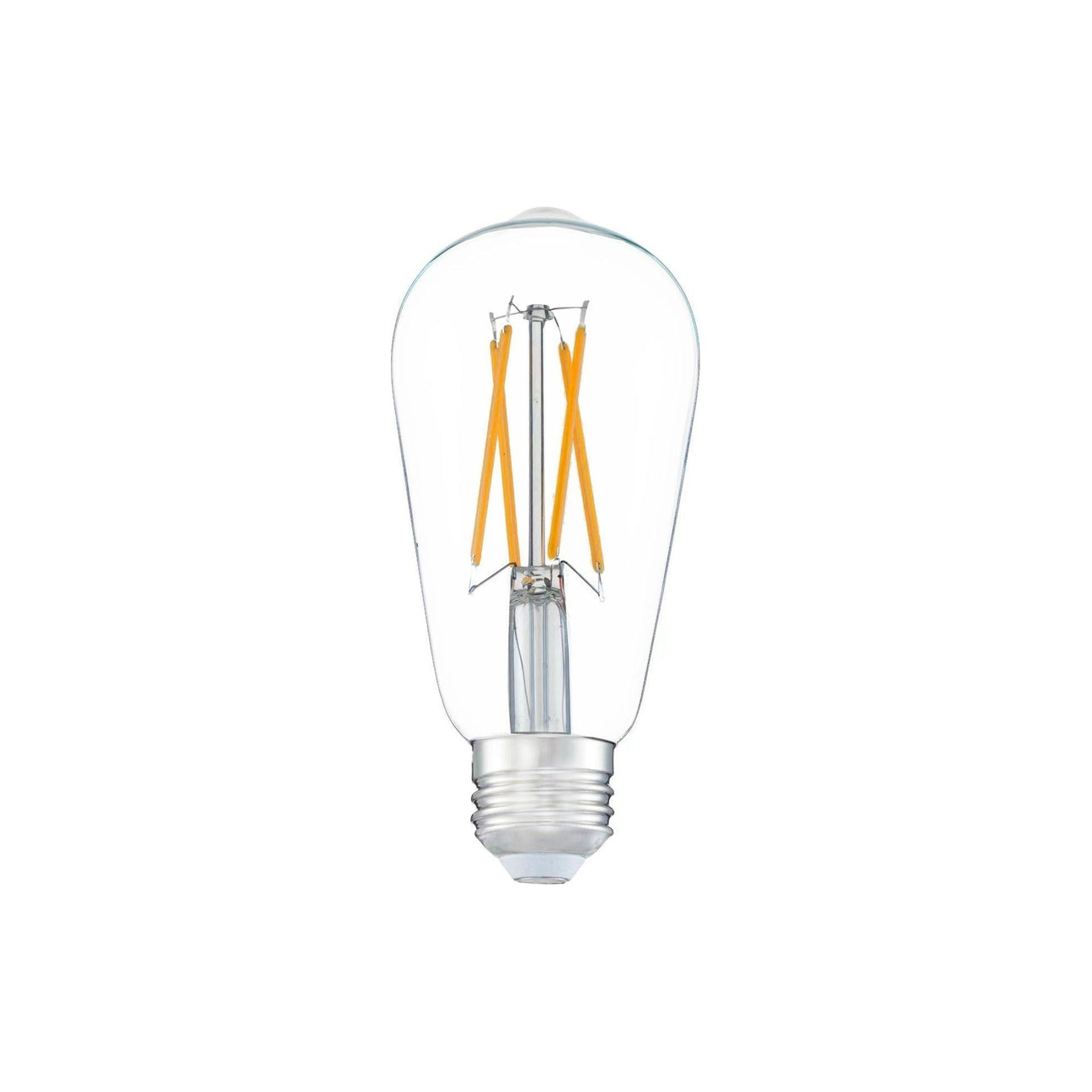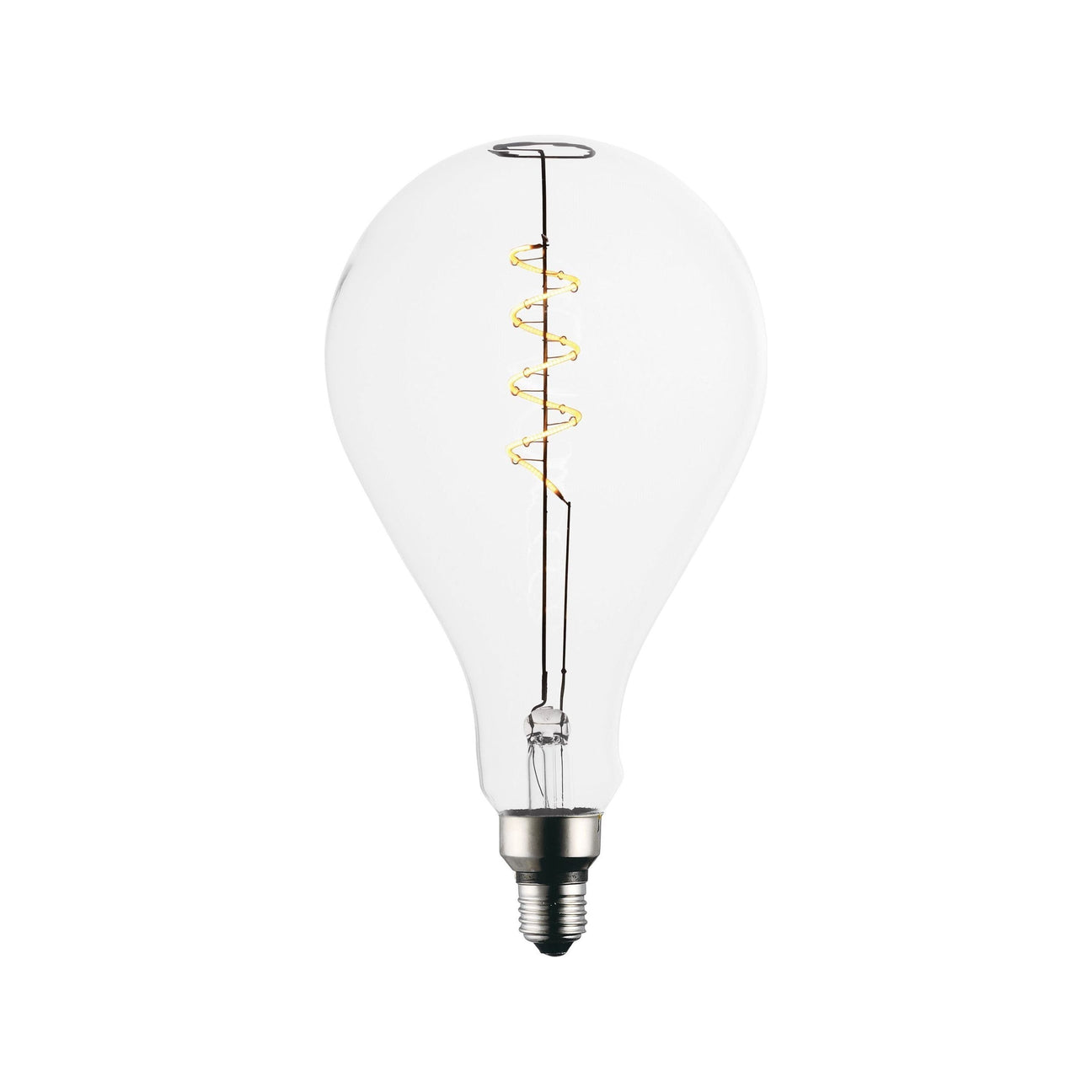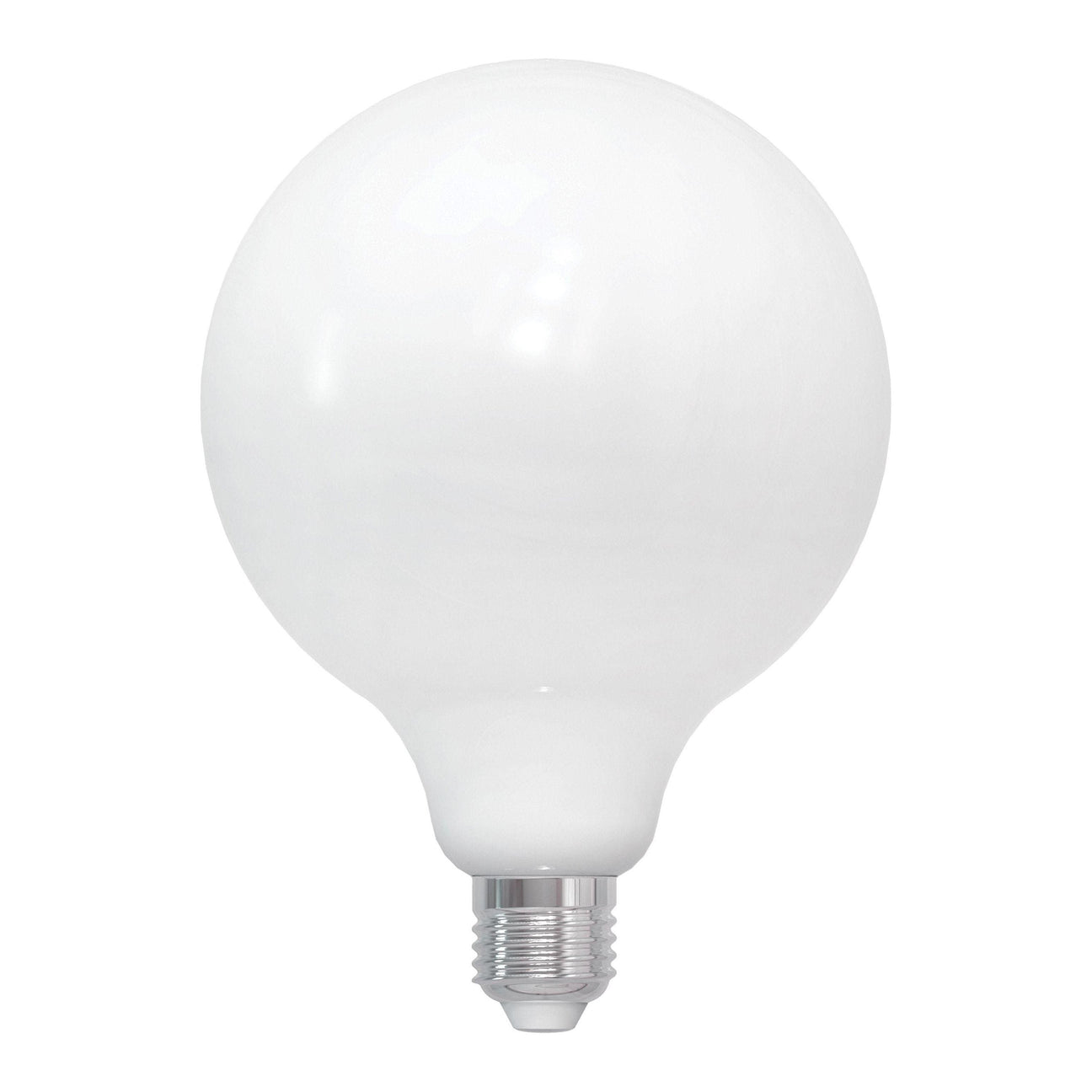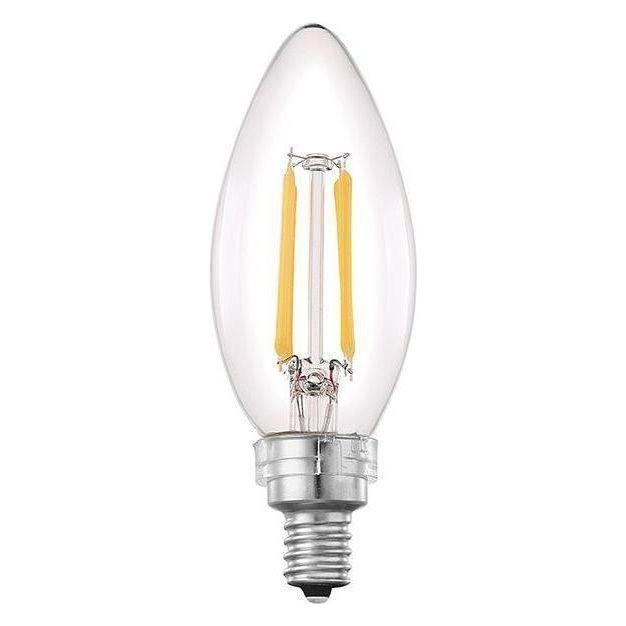Color Temperature Basics
When shopping at online lighting stores, selecting the right color temperature is essential for creating your desired ambiance in any room of your home.
What is Color Temperature?
Color temperature refers to the hue of light emitted by a light source. A light bulb's color temperature and is measured in Kelvin (K). Generally, lower light color temperatures (ranging from 2700K to 3500K) produce warm, yellowish light, often associated with coziness and relaxation, while higher color temperatures (ranging from 4000K to 6500K) produce cool, bluish light, typically perceived as bright and invigorating.
How is Color Temperature Measured?
The Kelvin color temperature scale is used to quantify color temperatures, with lower values representing warmer tones and higher values representing cooler tones.
Exploring the Light Temperature Chart
The Kelvin Temperature Scale
From warm to cool, the numbers on the Kelvin scale provide valuable insights into the hue of light appearance emitted by various light sources. Typically, Kelvin temperatures for commercial and residential lighting applications range from 2000K to 6500K.
Lower Kelvin temperatures, such as 2000K to 3500K, produce warm, yellow light, evoking a cozy and inviting atmosphere often preferred for residential settings or intimate spaces. They give off a soft white glow. As the Kelvin temperature increases, the light transitions from warm (more yellow tones) to cool (more blue tones).
Higher Kelvin temperatures, such as 4000K to 6500K, emit cooler, blue light, which is brighter and more energizing, making it suitable for work environments like commercial spaces, offices, or areas where task lighting is required. If you're looking for cool lighting, you may want to seek out cool white bulbs with a slight blue tint.
In essence, the higher the Kelvin temperature number, the whiter and cooler the light, while lower Kelvin numbers indicate warmer and softer light. Understanding this spectrum helps you determine which bulb to select so that you can achieve the desired ambiance and mood of a space.
Warm Light: Cozy and Inviting
Overall, warm light is well-suited for any room where comfort, relaxation, and ambiance are desired, creating a cozy and inviting atmosphere that enhances the overall experience of the space.
The Role of Warm Light in Interior Design
Warm light plays a crucial role in interior design, creating a cozy and inviting atmosphere that enhances comfort and relaxation.
Warm color temperatures are best suited for rooms where comfort, relaxation, and ambiance are prioritized. Warm light in the bedroom helps promote relaxation and a sense of coziness, making it the perfect choice for creating a tranquil sleeping environment. Meanwhile, warm light in the dining room creates an intimate and inviting atmosphere for meals and gatherings. Soft, golden light enhances the dining experience, making guests feel comfortable and relaxed while enjoying good food and conversation.

6W Dimmable LED E26 ST58 2700K

E26 D160 LED Flexible Inside Dimmable
Selecting Warm-Toned Color Temperature Bulbs for Comfort
Warm white bulbs emit a soft white, yellowish light that creates a cozy and inviting atmosphere in interior spaces. These bulbs typically have a color temperature ranging from 2700K to 3000K on the Kelvin scale, which produces a warm and comfortable glow similar to traditional incandescent bulbs.
Warm white bulbs are commonly used in residential settings, such as living rooms, bedrooms, dining rooms, and hallways, where comfort and relaxation are prioritized. They help create a welcoming ambiance, perfect for unwinding after a long day or hosting intimate gatherings with friends and family.

Neutral Light: Balanced and Bright
Achieving Natural Daylight Lighting Indoors
Neutral light, also known as daylight or daylight white, provides a balanced and bright illumination that closely mimics natural daylight indoors. Achieving natural lighting indoors with neutral light can enhance productivity, improve mood, and create a comfortable environment.
Best Practices for Using Neutral Color Temperatures
Consider the desired level of brightness for the space. Neutral light bulbs come in various wattages and lumens and mimic daylight. Neutral light can complement other lighting sources, such as warm or cool-toned lights, to create layered lighting effects. This can enhance ambiance and functionality, allowing for flexibility in different situations.
If possible, opt for neutral light bulbs that are dimmable. This provides flexibility in adjusting the light intensity according to specific needs and moods. Be sure to invest in high-quality neutral light bulbs from a reputable online lighting store!

Cool Light: Clean and Focused
Enhancing Clarity and Concentration
Cool light, typically in the range of 5000K to 6500K on the Kelvin scale, can enhance concentration, especially in areas like offices.
Where to Use Cool Color Temperatures
Cool color temperatures are best suited for spaces requiring clarity and alertness, such as offices, classrooms, retail stores, art galleries, medical facilities, industrial settings, commercial kitchens, and more. Whether you're looking for the perfect light bulb for your residential or commercial interior projects, selecting cooler color temperature bulbs will help to promote focus and productivity.
Consider Layering Your Lighting
Use cool light as the primary source of illumination for the overall space, and supplement it with task lighting for specific activities such as reading, writing, or working on a computer. This layered approach ensures adequate brightness and minimizes eye strain.
Application of Light Temperature in Different Settings
Residential Lighting: Creating a Homey Feel
In residential lighting, achieving a homey feel is crucial for creating a comfortable and inviting atmosphere. To achieve this, consider using warmer light temperatures (around 2700K to 3000K) that resemble the cozy glow of traditional incandescent bulbs. Soft, diffused lighting can be achieved through fixtures such as table lamps, floor lamps, and sconces, which help to create a warm and welcoming ambiance.
Additionally, incorporating dimmers or smart lighting controls allows for flexibility in adjusting the brightness levels to suit different activities and moods, further enhancing the cozy feel of the space. By strategically placing light sources and using warm, inviting tones, residential lighting can transform a house into a home filled with comfort and warmth.
Guide to Color Temperature
When selecting the color temperature for different rooms in your home, consider the specific activities and ambiance you want to create:
- Living Room: Opt for warm white (2700K to 3000K) color temperature to create a cozy and inviting atmosphere. Use a combination of overhead lights, floor lamps, and table lamps to provide layered lighting for reading, socializing, and relaxation.
- Kitchen: Choose neutral white (3500K to 4000K) color temperature to provide a bright and functional space for cooking and meal preparation. Install task lighting under cabinets and over workspaces to ensure adequate illumination for food preparation, while overhead lighting can create an inviting atmosphere for dining.
- Bathroom: Select bright white (4000K to 5000K) color temperature for bathrooms to mimic daylight and provide optimal visibility for grooming tasks such as shaving and applying makeup. Consider installing vanity lights on either side of the mirror to minimize shadows and ensure even lighting.
- Bedroom: Opt for warm white lighting that will emit a soft glow. This makes for a relaxing and comfortable environment conducive to sleep. Use bedside table lamps with soft, diffused light for reading, and consider installing dimmers to adjust the intensity according to personal preferences.
- Home Office: Choose a neutral white light bulb or a blue white light bulb to promote productivity and focus in a home office environment. Use task lighting such as desk lamps with adjustable arms to provide targeted illumination for work tasks, while overhead lighting can provide overall brightness for the room.
- Dining Room: Consider using a combination of warm white and neutral white light to create a versatile dining space. Use a dimmable chandelier or pendant light fixture as the focal point of the space, supplemented by wall sconces or recessed lighting for added ambiance.
- Entryway/Hallway: Install bright white lighting in entryways and hallways to provide a welcoming and well-lit passage into the home. Consider using wall-mounted fixtures or ceiling lights with motion sensors for added convenience and security.
By tailoring the colour temperature of lighting fixtures to the specific functions and atmospheres of each room, you can enhance the comfort, functionality, and aesthetic appeal of your home.
Commercial Spaces: Productivity and Mood
In commercial spaces, lighting significantly influences productivity and mood. The choice of color temperature is crucial for creating an environment conducive to both. Bright, cool white lighting (around 4000K to 5000K) enhances alertness and concentration, ideal for offices and work areas where focus is paramount. Conversely, warm white lighting (around 3000K to 3500K) fosters a relaxed atmosphere in common areas like reception spaces and break rooms, encouraging social interaction and relaxation.
In retail settings, bright and stimulating lighting (around 5000K to 6500K) creates an inviting ambiance that encourages browsing and impulse purchases. Meanwhile, warm lighting in hospitality venues such as hotels and restaurants fosters a cozy and welcoming atmosphere, enhancing the overall guest experience. By carefully selecting the color temperature of lighting, businesses can create spaces that optimize focus, ultimately leading to greater satisfaction among employees and customers alike.
Tailoring Light for Business Environments
Depending on the type of commercial interior design project, you can incorporate lighting with a color temperature that works best for the space based on various factors like function, size and more. Here are some examples of how color temperature can be tailored to different environments for your desired light appearance:
- Work Areas: For offices, meeting rooms, and workstations, opt for neutral white lighting (around 4000K to 5000K). This color temperature promotes alertness and concentration, helping to boost productivity and reduce eye strain during tasks that require focus and attention to detail. Incorporate task lighting for added productivity.
- Common Areas: In areas like reception areas, lobbies, and break rooms, consider using a combination of neutral white and warm white lighting. Neutral white lighting provides brightness and clarity, while warm white lighting (around 3000K to 3500K) creates a more relaxed and comfortable atmosphere, conducive to socializing and relaxation during breaks.
- Retail Spaces: In retail environments, lighting plays a crucial role in influencing customer mood and behavior. Utilize bright, cool white lighting (around 5000K to 6500K) to create a vibrant and stimulating atmosphere that encourages browsing and impulse buying. Additionally, consider accent lighting to highlight products and create visual interest.
- Healthcare Facilities: In hospitals, clinics, and medical offices, lighting can affect both staff productivity and patient comfort. Choose cool white lighting (around 4000K to 5000K) for examination rooms and treatment areas to ensure optimal visibility and accuracy during medical procedures. In patient rooms and waiting areas, use warm white lighting to create a calming and soothing environment.
- Hospitality Venues: In hotels, restaurants, and bars, lighting plays a crucial role in shaping the overall ambiance and guest experience. Utilize warm white lighting (around 2700K to 3000K) in dining areas and lounges to create a cozy and inviting atmosphere that encourages relaxation and socializing. For event spaces and banquet halls, consider adjustable lighting options that can be tailored to suit different occasions and moods.
By carefully selecting the color temperature of lighting fixtures in commercial spaces, you can create environments that not only enhance productivity and mood but also contribute to the overall success and satisfaction of employees and customers alike.
How to Choose the Right Light Temperature
Considering Room Function and Time of Day
Choose light temperature based on room function and time of day. Cooler temperatures (5000K to 6500K) enhance productivity in workspaces, while warmer temperatures (2700K to 3500K) create a cozy ambiance in living areas. Use cooler tones during the day for alertness and warmer tones in the evening for relaxation.
Mix and Match Cool Colors and Warm Colors
Mixing different light temperatures in a space can create layers of light that improve both the ambiance and functionality. By using cooler tone light bulbs for task areas like workspaces and warmer tone light bulbs for relaxation zones such as living rooms, a balanced atmosphere is achieved.
This adds depth to the room and highlights design features. Adjusting the light temperatures throughout the day can mimic natural daylight patterns, optimizing comfort and productivity.
Choosing The Right Lighting For Your Space
From warm, inviting tones to cool, energizing hues, each light temperature serves a specific purpose in enhancing mood, productivity, and overall well-being. By mixing and matching light temperatures strategically, you can create layered lighting effects that elevate the atmosphere and optimize comfort for occupants. Ultimately, tailoring light temperature to suit the unique needs of each environment is key to achieving the perfect balance of functionality and aesthetics.
Shop Lighting for All Your Needs at LightsCanada.ca
Wondering where to buy lighting online in Canada? Look no further than Lights Canada!
LightsCanada.ca offers a wide range of solutions to meet all your needs. Whether you're looking for indoor or outdoor lighting, residential or commercial, we have you covered. Shop ceiling lights, wall lights, lamps and more!
